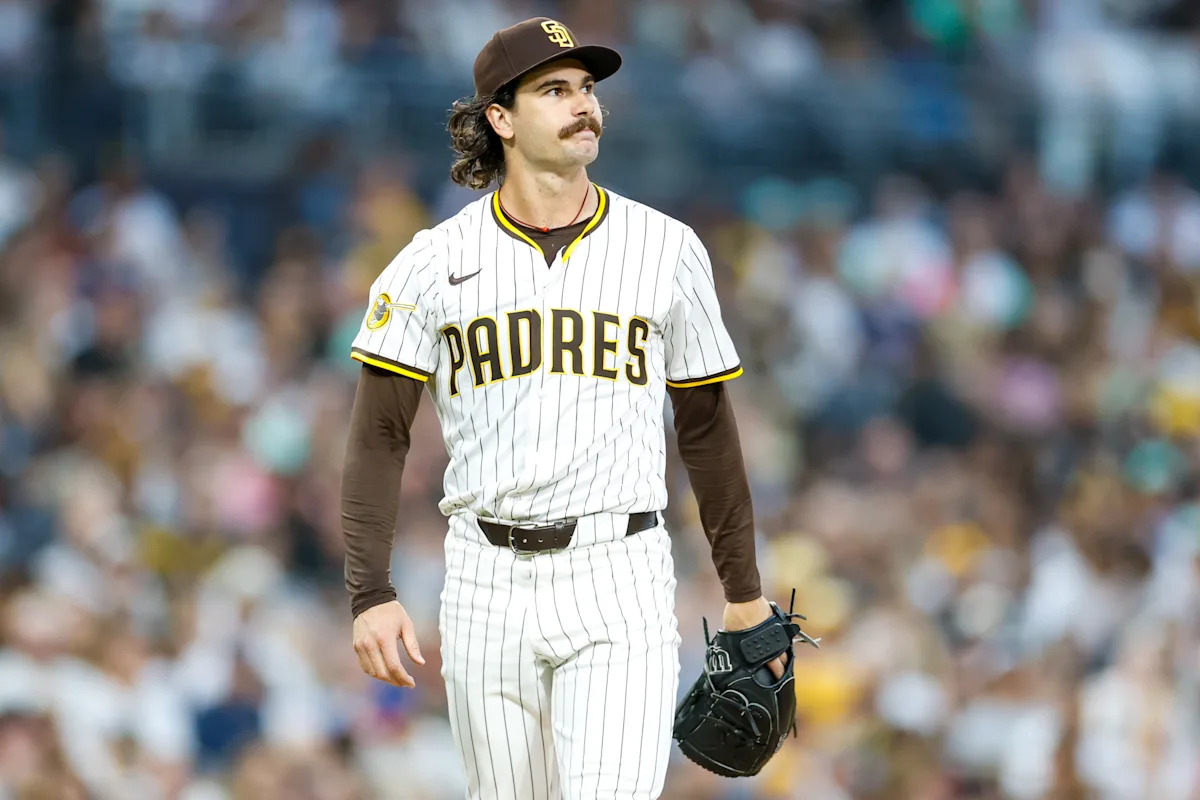Yesterday, I started my overview of what I’d propose to do with the Blue Jays off season. Since that post, nothing of consequence has happened. In that post we took care of the boring stuff, talking about baseball players. Today is the fun bit: gory accounting details (plus some prospect chat).
Payroll Parameters
The Jays had $191.9 million in guaranteed 2026 contracts allocated to 12 players before signing Dylan Cease. Due to contract structures and deferred money, they count for only $188.8 million against the luxury tax. They have also tendered contracts to Daulton Varsho, Ernie Clement, Eric Lauer, and Tyler Heineman. Based on Cot’s Baseball Contracts’ projections, those are expected to add up to $21.75 million, but the exact values won’t be known until either extensions are reached (typically before the arbitration filing deadline on January 9th) or arbitration awards are announced (the week of January 20th). Add in minimum salaries for 9 pre-arbitration players to round out the MLB roster, plus salaries for the 14 guys in the minors but on the 40 man roster, the team’s share of the pre-arbitration player bonus pool, and player benefit costs, and the team’s luxury tax payroll stands at roughly $240 million.
Advertisement
Regarding Cease, He signed last night for seven years and $210 million. The Athletic reports that deferrals will decrease the average annual value of the deal to about $26 million for luxury tax purposes.
They then have deductions for Shane Bieber’s buy-out (since he opted into his 2026 contract) and $1m coming from Cleveland towards Myles Straw’s contract, which together shave $5m off the total, leaving them at $261 million in current luxury tax payroll obligations.
The luxury tax threshold is $244 million this year, with surtaxes at $264 million, $284 million, and $304 million. Their tax rates are higher this year as a second time consecutive payer, at 30%, 42%, 75% and 90% for passing the four thresholds. Additionally, exceeding the second overage level bumps your first round pick in the next draft back 10 spots. That’s not a heavy penalty, especially for a team like the Jays who are hopefully only deciding between picking in the late 20s and late 30s, but it does matter.
Of course, they also just made a World Series run. You have to imagine ticket sales and streaming subscriptions are looking good for next year, and they seem willing to push that somewhat in the attempt to recapture the magic. Last year they were about $28m over the tax line on opening day and ended up about $36m over once they brought on salary at the deadline. They’ll want to be able to add at the deadline again, and while they might spend a bit more than last year I don’t think they’ll be eager to jump deep into the third bracket and also take on the draft penalty. I’ll assume that the team can go close to the second tax line this winter, giving them a budget of $280 million and about $19 million to spend.
Advertisement
Trade Assets
As I reviewed yesterday, they have an outfield surplus. That means Lukes, Schneider, Straw (with his money paid down), Loperfido and Clase are all expendable. There are no stars in there but depending what a trade partner wants there are useful pieces on an MLB roster. The options elsewhere on the roster are sparse. Leo Jimenez’s stock is way down, and they’re probably better off keeping him as a utility infielder. The only pitcher they’re likely to move is Yariel Rodriguez, and that’s a salary dump rather than an asset.
The farm also isn’t ideally set up for trades. Trey Yesavage is their best prospect, but he’s also a key part of the present.Arjun Nimmala, Jojo Parker and Johnny King make up the next tier. All have high upsid, but all are still in the lower half of the minors and not likely to factor in until 2028 or later. They are the kinds of prospects contenders trade, but I’d bet against one departing this winter as the front office tries to nurture an improving but still weak system and keep powder dry for the deadline. The third tier doesn’t line up for trades well either. Gage Stanifer and Ricky Tiedemann have risks (command and ‘everything’, respectively) that will depress their market value as well as near term upside that the team will want to hold. Juan Sanchez popped in the DSL this summer but he’s probably a year away from establishing real value. Beyond that, RJ Schreck and Jake Bloss are more useful in Buffalo than what they’d likely bring back in trade, Josh Kasevich and Yohendrick Pinango have gotten some positive notices (not least from me) but they were left unprotected in the Rule 5 draft, and guys deeper than that are more second or third pieces than prospects who return an MLB contributor on their own. I wouldn’t be surprised if a small move or two involves prospects, but I would bet against a big prospects for current players deal.
So those are the assets at my disposal: about $44 million and some quality MLB role players. On Friday, I’ll lay out the options and start to make my choices.

